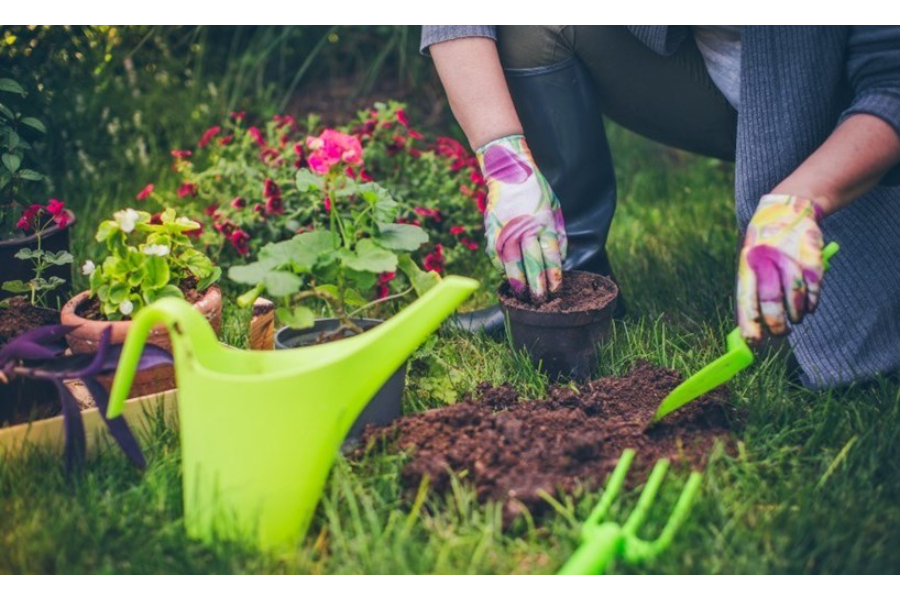restoration of water damage in apartments can be a big problem that needs prompt attention, or it can lead to severe damage to your property, your health, and your lifestyle. An incident like water damage can be overwhelming, not only because of its potential cost but also due to the complexity of restoration and the effects on daily living. Whether your apartment is damaged by a leaky appliance, flooding, or a weather event, you need to know what to do and what to expect in restoration.
In this guide, we’ll provide you with a comprehensive overview of water damage in apartments, its causes, signs, and restoration. We’ll also be discussing the steps you need to take in the aftermath of water damage, such as documenting damage, contacting insurance, and restoration processes. By the end of this article, you’ll have the knowledge and tools you need to take prompt and effective action to restore your apartment after water damage.
Causes and signs of Water Damage: Water damages can come in different forms and from different sources. Water damage to an apartment’s flooring, walls, or ceiling can be caused by various factors, such as natural disasters like hurricanes, storms, and floods, or human-made problems like leaking pipes, overflowing toilets, or faulty appliances. Some of the common signs of water damage to watch for include peeling or blistering paint on walls, soft or soggy flooring, mold& mildew stains, musty odors, and visible water stains.
Steps to take after identifying water damage: After identifying water damage in your apartment, you need to take prompt action to minimize and mitigate the damage. First, ensure you are safe from any electrical hazards, and move your furniture, appliances, and valuables to safety. Then, document the damage by taking photos or videos and contacting your apartment complex to report the incident. Finally, contact your insurance company to report damage and inquire about coverage.
Restoration steps: Restoration is a complex process that can involve different steps, depending on the level of damage, the root cause, and the affected area. Some of the restoration steps may include water extraction and drying, removal of damaged materials, mold remediation, and reconstruction of damaged areas. The restoration process may take some time, depending on the extent of the damage, so you may need to find temporary alternative housing.
The role of restoration professionals: Restoration experts have the knowledge, skills, and equipment to handle water damage restoration effectively. When hiring a restoration contractor, look for a certified professional with experience, insurance, and excellent customer reviews. A good contractor will also offer an assessment of the damaged area, a detailed plan, and an accurate cost estimate of the restoration process.
Preventive Steps: Preventing water damage is as essential as restoration. Some of the preventative measures include regular inspection of appliances, plumbing, and roofing; proper maintenance of your home components, such as gutters and downspouts; and installing high-quality guards and seals. Proper insulation and ventilation can also help prevent moisture damage and mold growth.
Conclusion:
Water damage is a devastating experience that can disrupt your life and cause significant damage to your apartment. However, by knowing what to do, you can take control of the situation and minimize the damage. The key is to act quickly, document the damage, contact your insurance provider, and hire a reliable restoration contractor. By following these steps and adopting preventive measures, you can restore your apartment, protect your health, and prevent future water damages.




